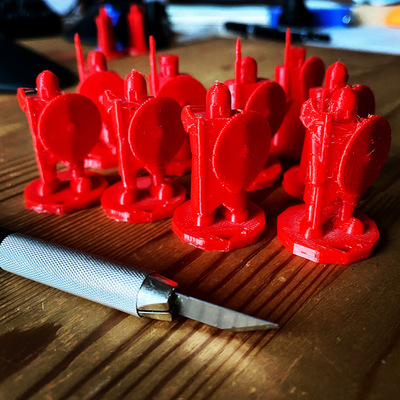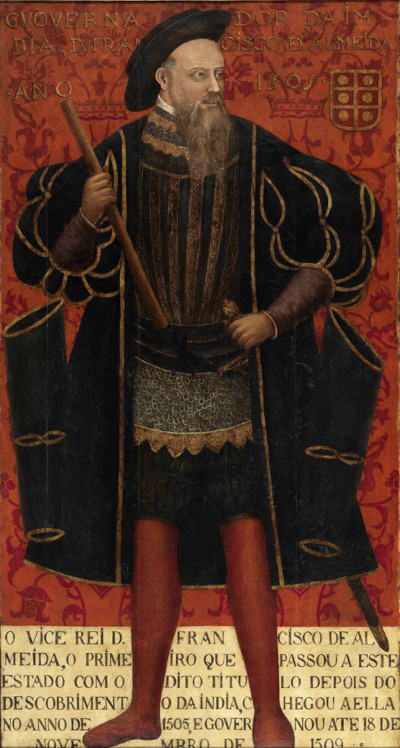
|
Shadow of Mount Yimsha |
| 2021-08-20 |
Shadow of Mount Yimsha

But by 1505, the king [Manuel of Portugal], supported by an inner circle of ideologues and advisers, was sure that it was his destiny to pursue the India project. What was wrapped in the proclamation of 27 February was an entirely new strategy, a bold long-term plan resting on ambitions of breathtaking scale: to establish a permanent empire in India backed up by military force and to gain control of all the trade of the Indian Ocean.
(...)
On a larger scale the conjunction of international events was highly favourable: Italy was convulsed by war; the Venetians were distracted by their Ottoman campaigns; the Mamluk regime seemed to be in decline; Spain was embroiled in Europe. A window of opportunity existed, a moment of destiny.
(...)
Almeida was to be the first member of the high nobility to lead an India expedition. He was about fifty-five years old, with wide military, diplomatic and nautical experience, but he also possessed the personal qualities which Manuel hoped for in a man to whom he might entrust high affairs of state. Almeida was incorruptible, unmoved by the lure of riches, benevolent, a widower without home ties, pious and mature in his judgements. For many the attraction of India was the prospect of personal gain; Almeida was untarnished by the appetites of the Sodrés [brothers]. He valued titles above bales of spices and he knew how to fight.
Conquerors, how Portugal forged the first global empire,
Roger Crowley
Francisco de Almeida succeeded in establishing himself as vice-roy of India. At least he succeeded in the setting laid out for Sous l'Ombre du Mont Yimsha, a module for Coureurs d'Orage a Searchers of the Unknown child. Coureurs d'Orages could be translated as Storm Runners, but is to be understood as people looking for trouble. There is no translation to English for Coureurs d'Orages and its modules, but I endeavour to present them anyway, we deal in inspiration and those trouble seekers sure delve in lots of it.
Under the Shadow of Mount Yimsha is freely inspired by The People of the Black Circle by Robert E. Howard. Francisco de Almeida succeed in 1505, and by 1520, the whole of the indian sub-continent is under Portugese control. The Afghan mountains separate the portuguese empire from the persian one.
In the north of Afghanistan there is Mount Yimsha and the fortress of the Black Sorcerers. The valleys south of it are dedicated to the production of lotus which is used by the Sorcerers, but is sometimes present in the contraband leaving the country.
The Portuguese try to set a foot in the country with the consentment of King Elaskir in Kabul, but that monarch doesn't control much out of his valley. The country is a mosaic of valley and clans. The most powerful of the clan leaders in Yar Afzal, but there is a scarlet haired girl gathering clans under her macedonian sun flag. Is she really a descendant of Iskander?
The module is thus a sandbox between Mount Yimsha, Kabul, the Khyber Pass, and Peshawar. I think I'd ask the players to prepare Portuguese or Indian characters and start them in Peshawar with links to the trader communities there and with the Portuguese governor. Then they're free to play the Great Game, between Persia, Portugal, the clans and other forces.
The initial quote above took a lot of vertical space, but I wanted to include it to show the magnitude of the adventure Portugal chose for itself around 1500. The history book also shows covert tractations between the Venitians and the Mamluks to prevent the Portuguese from establishing an atlantic route for the spices. Once on the tabletop, pepper with Venitian spies.
Patrick Perret and Islayre d'Argolh, the authors, exhort us to remain true to Sword and Sorcery principles, between junk exoticism, action swinging adventurers from scene to scene, moral ambiguity, and magic, but in the hands of the opposing forces.
The booklet and its PDF are available on Lulu and is brilliantly illustrated by John Grümph. Again, sorry, it's in French.
I feel it is a skeleton of a sandbox. In that might lie its strength. Places, people, NPC portraits, encounter tables, trends. Bones and tendons, but since it's built on places and an era we know, it's easy to add the meat. There are surprises and I will not reveal them here.
A great kiplingesque setting, lean, expandable, and inspiring.
